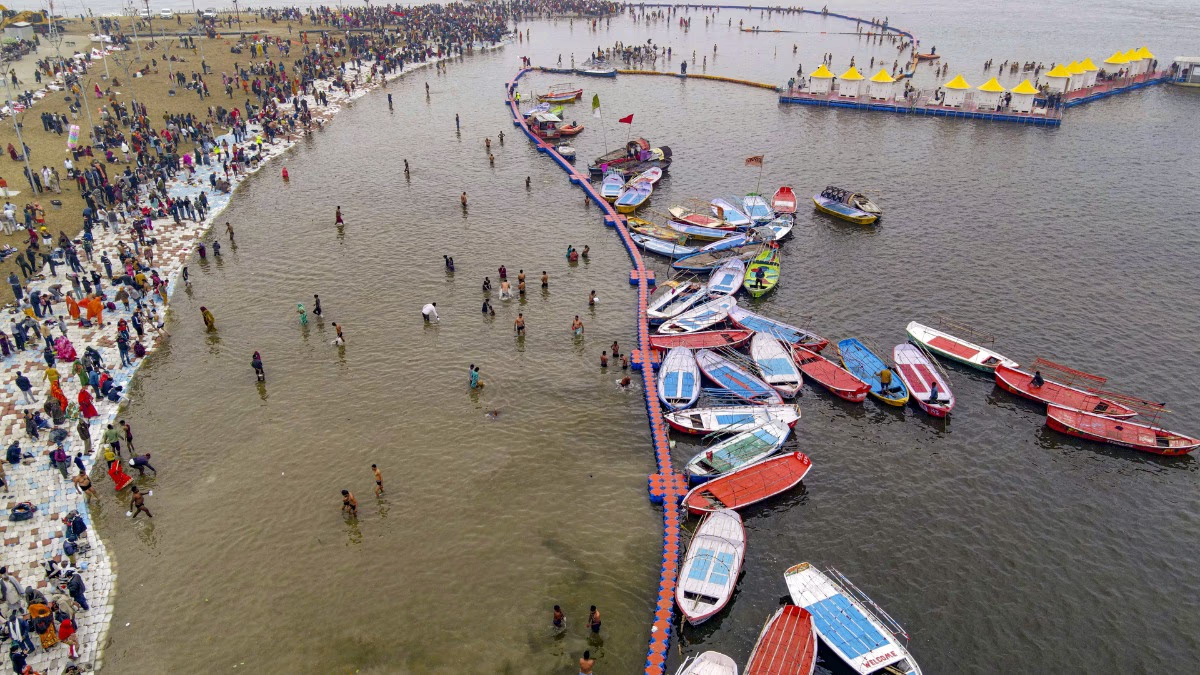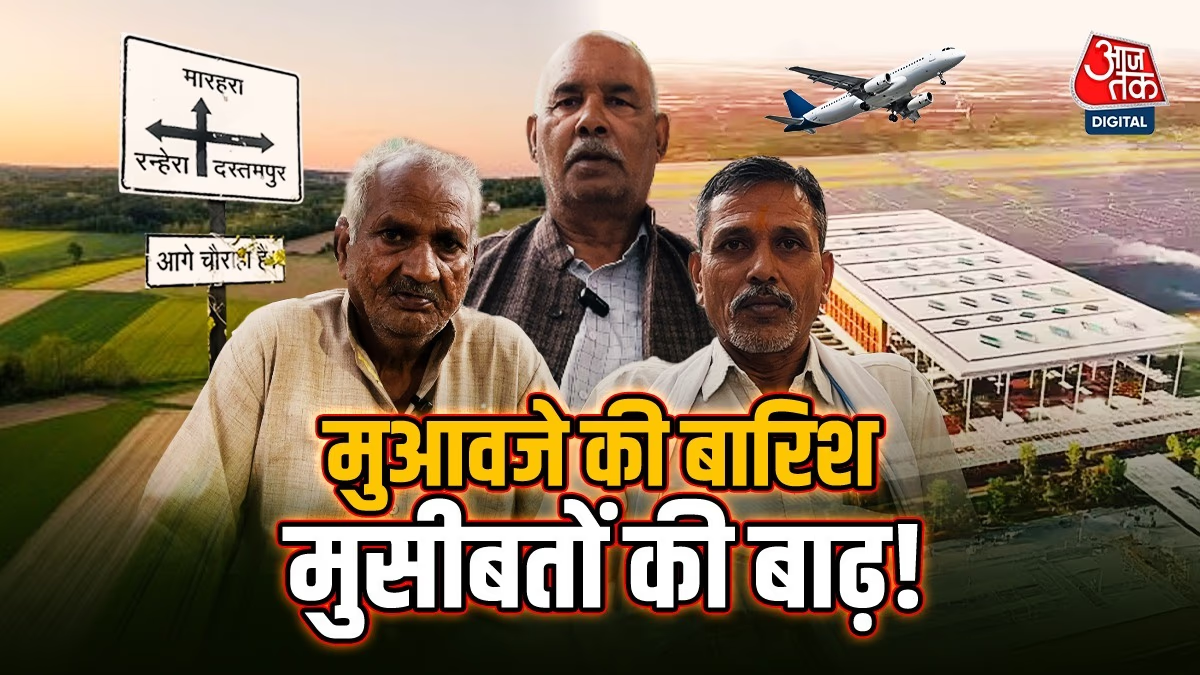India's capital, Delhi, is gearing up for the 2025 assembly elections. Whether due to urban planning or the demands of time, Delhi's landscape has changed rapidly over the past few decades. From ancient to medieval, and then suddenly modern, the streets and buildings of Delhi evolved. The increase in cars, and modern facilities like the metro and rapid rail, are hallmarks of today's Delhi. However, once upon a time, Delhi was synonymous with peace and tranquility. Certain professions and way of life were uniquely Delhi. Let's revisit a time when Delhi was calm and serene, not a city in upheaval.
'The city's face bears dust and melancholy, The state of my heart mirrors Delhi's story...'
This couplet aptly captures the essence of modern Delhi, plagued with pollution, smog, traffic jams, and bustling crowds. It narrates how while Delhi gained political power, luxury malls, and wealth, it simultaneously lost its clean water, fresh air, empty streets, and life's solace.
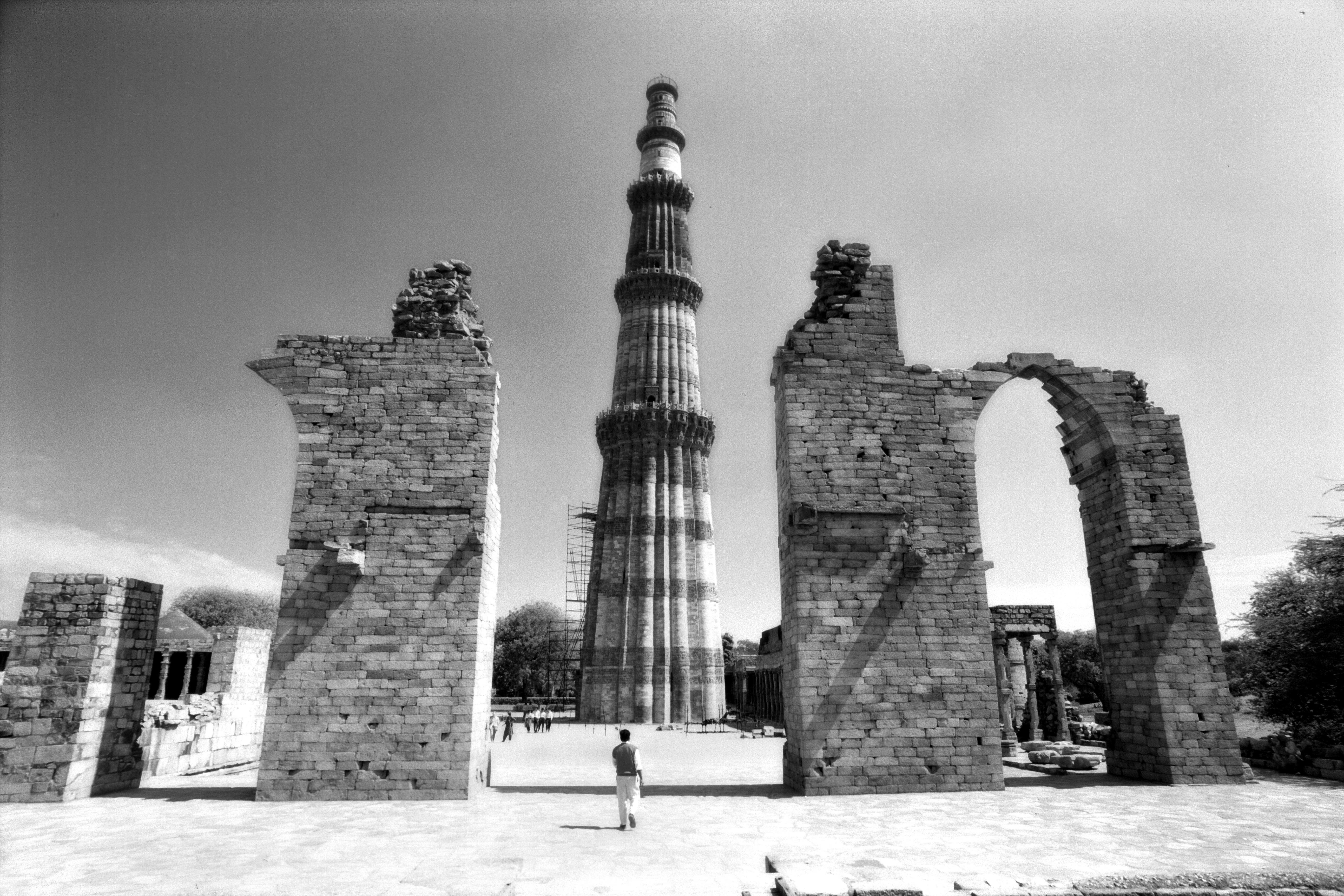
Source: aajtak
In recent decades, Delhi has rapidly embraced modernity. Shimmering roads, flyovers, crowded marketplaces, grand monuments, tourist spots, 3D cinemas, skyscrapers, and metro-rapid rail facilities—all these define the modern identity of today's Delhi. Yet, amidst all this, the everyday life of the common man has become a constant race against time. Life in Delhi wasn't always a rat race. There was a time when Delhi was known for peace and tranquility. A time when families peacefully enjoyed Ramleela shows, spent serene moments in parks, and relaxed under the sun while surrounded by the simplicity of life—aah, those were the days.
Who is a real Delhiite? This question has no definitive answer. Delhi has witnessed the rise and fall of many empires, has seen India shaping its freedom, and has continuously reinvented itself. People from all eras have come and assimilated into its social fabric, from foreign invaders to refugees from Pakistan during partition. Hence, Delhi has evolved as everyone's city, its culture, a melting pot.
In his book, Rajendra Lal Handa intricately captures the changing face of Delhi in the 1940s and 1950s, as India embraced independence. Handa writes:
'Delhi was once renowned for its sweetmeat sellers, paratha makers, and rickshaw pullers. Today, while Delhi may have it all, these unique vendors are no longer found. The sweetmeat trade has shifted due to influxes of people, and traditional snacks have been replaced by newer cuisines. Paratha sellers are scarce, overshadowed by snack stalls serving kebabs and bread.
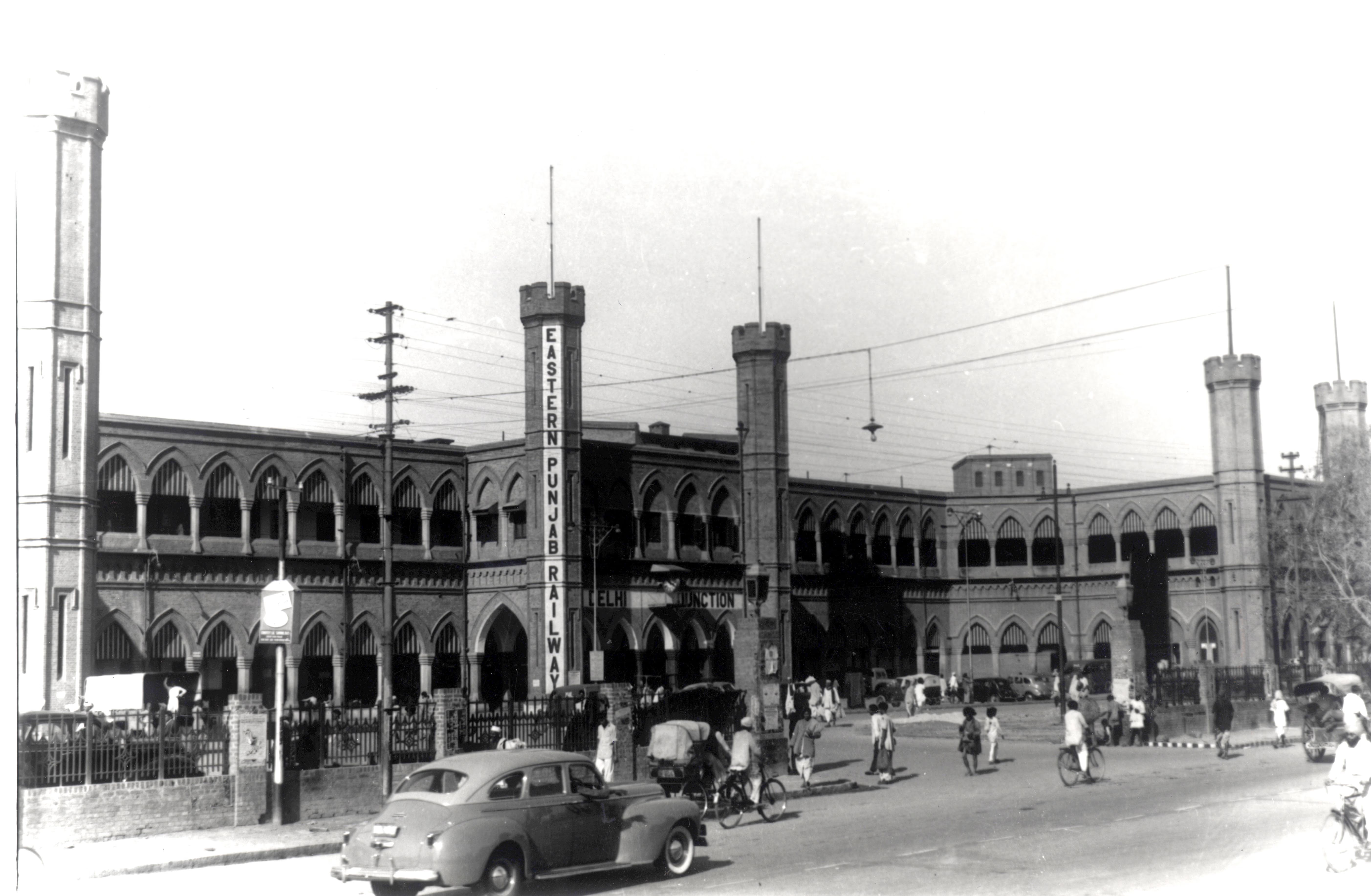
Source: aajtak
The once fashionable embroidery trade has also faded, closely tied to societal shifts. As society changes, so does fashion. The world of horse-drawn carriages has similarly vanished. Many old hands of this trade have left, taking with them a unique way of speaking and pastime activities, like kite flying atop idle rickshaws. Nevertheless, tales of Delhi's affluence remain, where barbers were appointed as police inspectors and bakers found favored fortune. These stories signify the enduring charm of the city, amid changing times.
I frequently visited an affluent friend's home in Old Delhi where I was always treated with snacks like chaats and dahibadas during evening calls. In Delhi, evening tea is rare; often it's chaats that take the stage. Chaat sellers' establishments were bustling, equipped with numerous staff and a steady stream of customers, reflecting the thriving business in those days.
Regarding entertainment in those days, Handa writes: 'The means of entertainment in old Delhi were limited. The twos-wheeled carriages, the primary mode for the elite, were a sight to behold. The middle class found solace and amusement in the grounds of Jama Masjid and Red Fort, where people gathered for board games, poetry recitals, and discussions on current affairs and precious metals. Meanwhile, cinema halls were sparse, considered a third-class business target in Delhi.

Source: aajtak
In Delhi's streets and alleys, palanquins were a common sight. They were the primary mode of transport for women adhering to traditional modesty norms. Early in the morning, Hindu women flocked to bathe in the Yamuna, creating palanquin traffic akin to modern-day rickshaws at railway stations.
Even amidst leisurely gatherings, bets would be made, ranging from political outcomes to bird battles. Strangers passing by were invited to participate in picking winners, leading to extended gatherings and keen interaction.
With the inception of New Delhi, life changed. Government employees, owing to their repute, were considered prestigious, enjoying credit from stores while leading extravagant lives. For instance, a friend, an office assistant, managed a lavish lifestyle on 250 rupees, nicely supplemented by credits.
When New Delhi was inaugurated in 1931, rapid construction of houses and roads followed, along with a shift of focus from Old to New Delhi, altering both trades and societal patterns.
Handa recounts a story of his friend Kailash:
'A traditional Delhi swab; Bhura, residing nearby, excelled in head massages. Having experienced it myself, his hands skillfully navigated through hair, providing relief and luxury. This art was at its pinnacle during the reigns of Muslim emperors, yet its charm persisted. The head massage workers spent the day at ease, setting out at sunset and returning home with earnings equivalent to three rupees or more by nightfall.
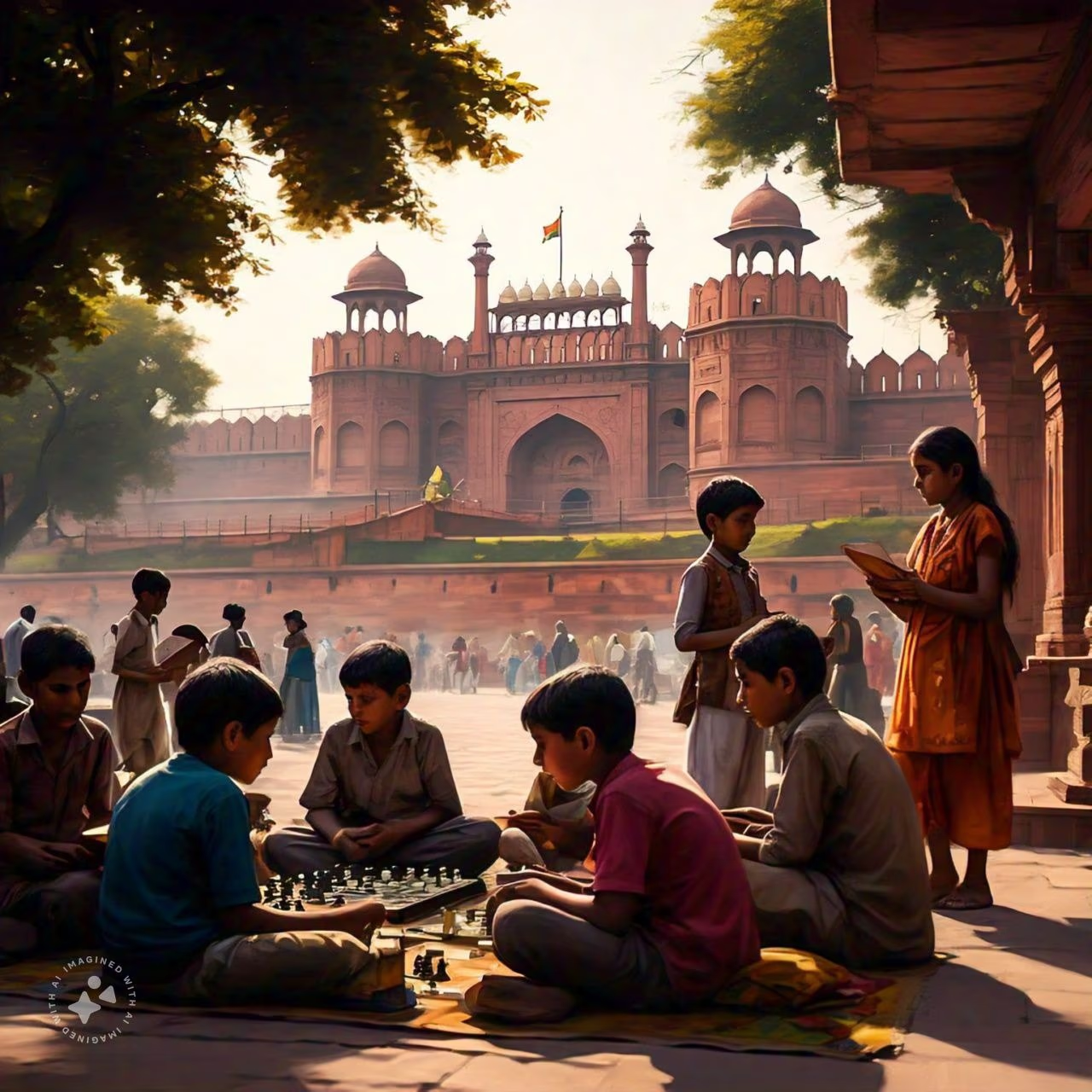
Source: aajtak
Today, although many provide head massages in Delhi, the enthusiast crowd has thinned. Parks are more frequented by juice sellers and peanut vendors rather than head massage artisans.
Among other professions that diminished is the perfume trade. Old Delhi's residents historically wore perfumes as a dressing essential. While previously traveling vendors fulfilled this necessity, this inclination has now receded, greatly affecting Delhi's traditional perfume business.
Another classic trade was pickle-making, once vast, it included exotic variations like bamboo, cactus, and neem leaf pickles alongside the classic mango and lemon. Pickles were a wedding staple then, a reminder of how change effaced cultural markers.
Earwax cleaners echo this trend.
Once a familiar face in every court or rail station where leisure reigned, these artisans now rarely appear. In their distinctive garb, they made quick work of anyone's idle time, forever busy extracting earwax with precision.
While modern Delhi continues to evolve, remnants of these professions linger, albeit subtly, in parks or wedding festivities, keeping the spirit of old alive amid evolving lifestyles. However, city's charming essence transforms with each generation, vibrant, bustling, and multifaceted, truly embracing the heart of Delhi.

